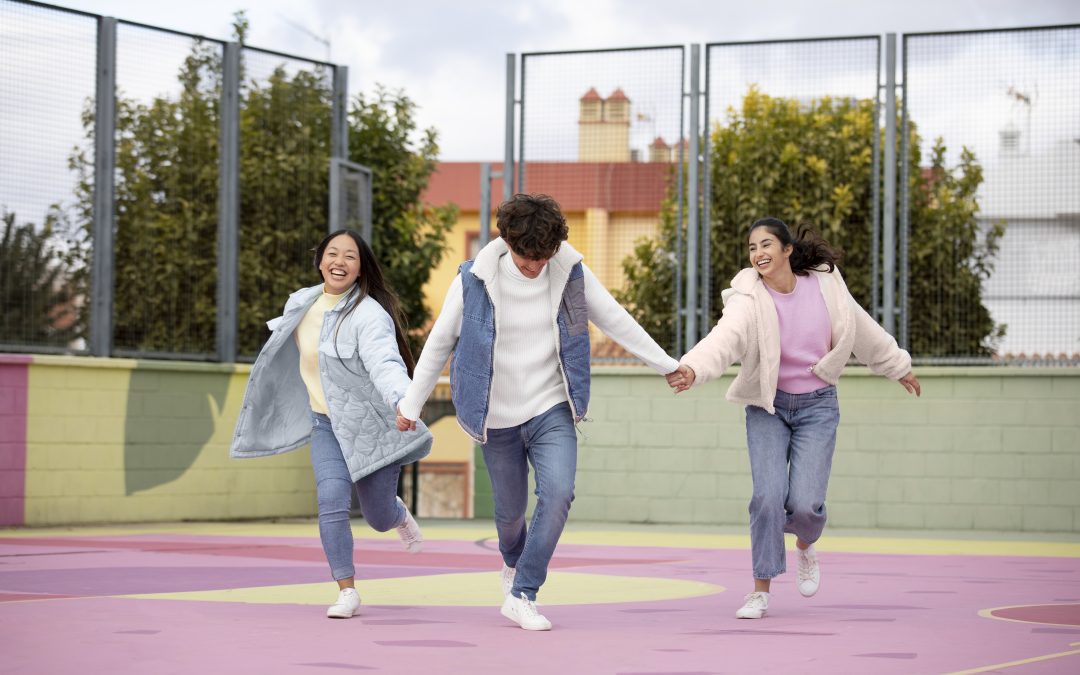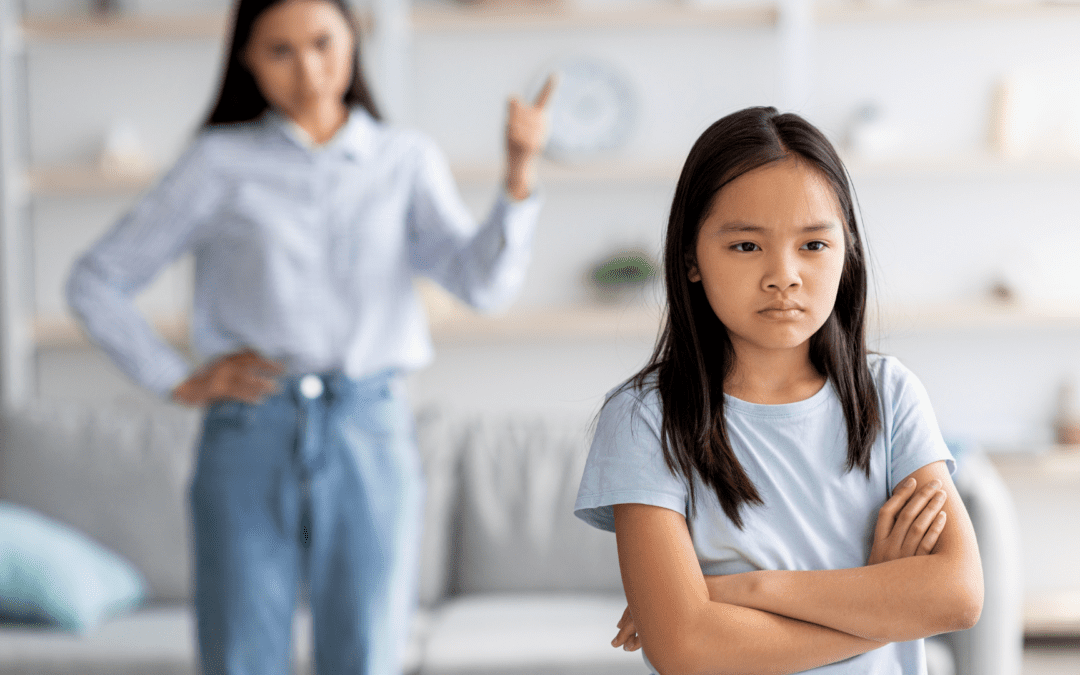Are you ready to discover the power of active listening? Often underestimated, but super effective for our young learners, active listening can make a huge impact in their lives. In this blog, we’ll look at why this skill is so essential for their development, how it helps with listening comprehension, and also provide some tips on turning your child into an active listening ninja! Let’s get going!

Are you wondering what active listening is all about?
Active listening involves more than simply hearing what someone else is saying; rather it involves engaging with the speaker, showing empathy, and comprehending what’s being communicated. This skill is especially essential in younger kids as it helps our kids build empathy, respect, and effective interaction skills in different situations; additionally, it enhances their ability to pick up on sounds and words more easily allowing them to better understand what’s being told to them.
How to be active listeners?
Active listening isn’t something that happens naturally – it requires practice to develop the skill. Active listeners pay attention to speakers while showing respect. They respond appropriately during conversations by using what they already know, picking clues from context and other features to make sense of spoken or visual texts.
Did you know that active listening helps with listening comprehension?
Listening comprehension requires skills such as predicting, clarifying, summarizing and asking questions. Children who are active listeners will be able to better comprehend spoken and visual texts.
How can parents help children in their journey of becoming active listeners?
Be a role model: Children learn from what they see, so show them how it’s done! Listen intently when your child speaks, respond appropriately, and show that you value what they’re saying.
Making it fun: After listening to a story, ask your child what they think will happen next or let them summarise what they heard – this really helps while also having fun!
Engage your child: Everyday conversations provide opportunities that are perfect to practice this skill. Ask open-ended questions and motivate your child to do the same. Remember to listen carefully and answer when they ask you!
Play listening games: Who doesn’t love games? Play games like ‘Simon says’ or ‘I spy’ or even the “Telephone” to make it an enjoyable activity.
Read Aloud Together: Reading aloud together is a tried and tested way to help children learn the various components of spoken language, such as tone, pitch and volume. So, do it more often.
What are some activities that help with active listening?
You can use a range of activities that are simple to improve their listening skills. Play a piece of music and ask them to identify all the instruments heard, or listen to an audiobook while asking them questions about what happened in it.
How to apply active listening in classroom and beyond?
Active listening skills can be practiced anywhere and everywhere – not only at school. Through the “Listening and Viewing Extensively” portion of their syllabus, kids learn to listen, view, and respond to texts for different purposes such as enjoyment and understanding. Encourage your child to practice careful listening when watching their favorite cartoon or show, listening to songs they like, or talking to friends – their superpower of active listening is sure to come in handy wherever they go!
How can active listening benefit a child’s academic performance?
Can active listening help reduce conflicts among children?
Is active listening only for verbal communication?
How can active listening benefit my child’s self-esteem?
Conclusion
Active listening is about more than just being quiet while someone else is talking; it involves understanding, responding to, and remembering what has been said. It’s about showing respect to the speaker and being genuinely involved in the conversation.
By being active listeners, children not only become better learners in school but also grow up with an essential tool to navigate through life. It builds empathy, strengthens relationships and fosters deeper understanding of the world around them, unlocks knowledge and insights about everything from teachers, stories and music pieces to nature sounds!










